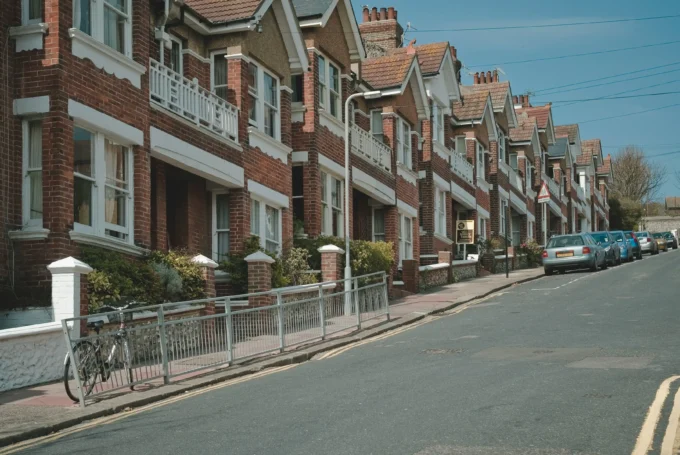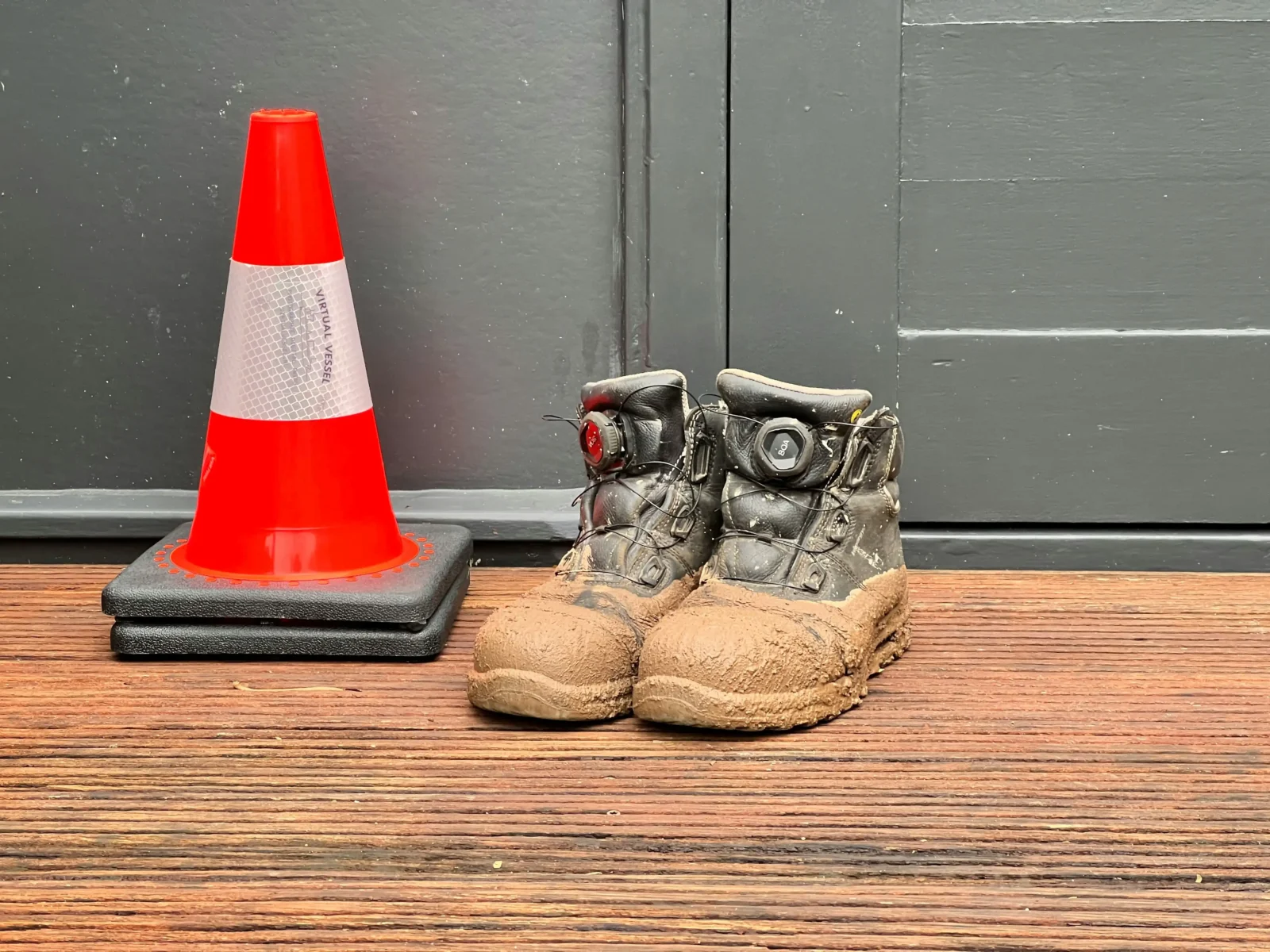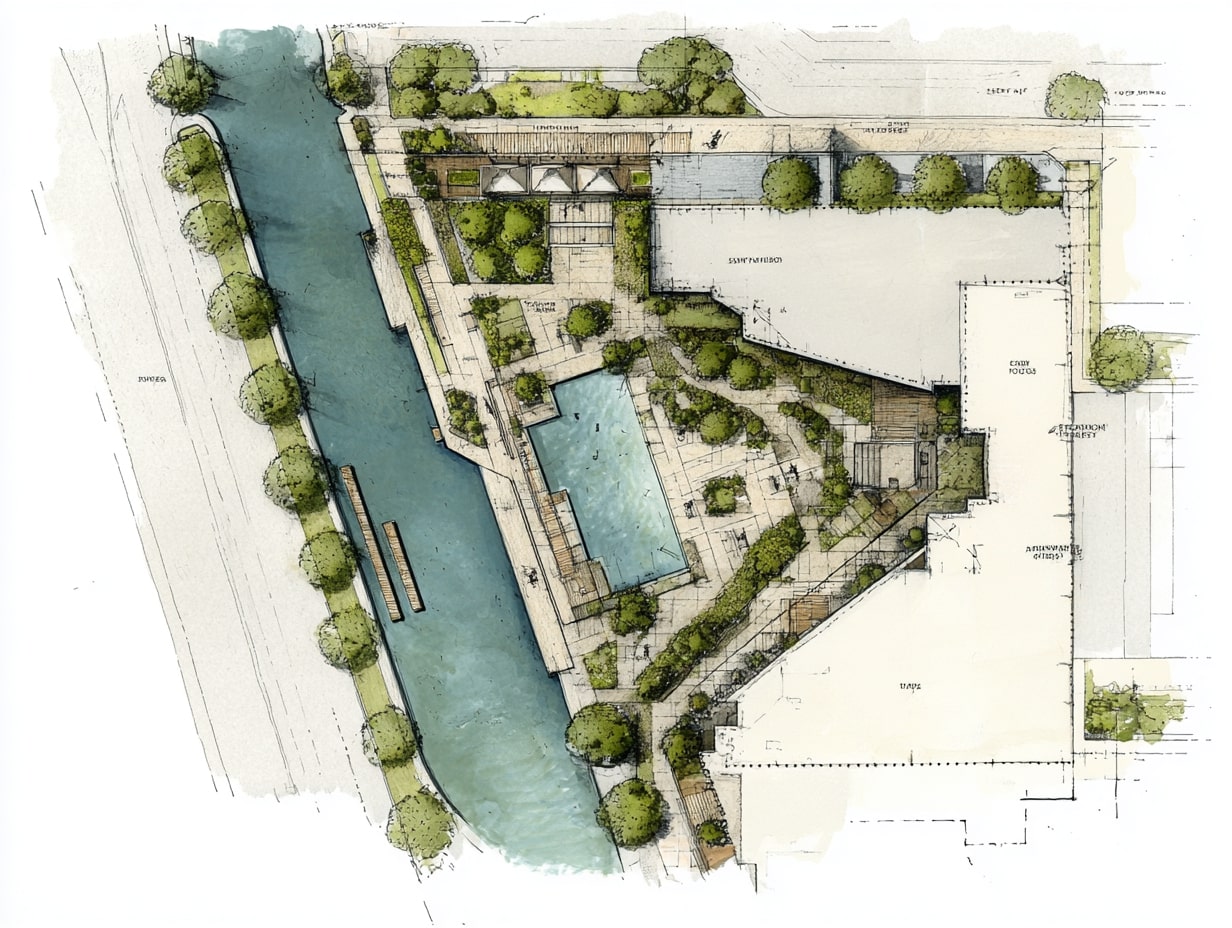- Home
- Articles
- Architectural Portfolio
- Architectral Presentation
- Inspirational Stories
- Architecture News
- Visualization
- BIM Industry
- Facade Design
- Parametric Design
- Career
- Landscape Architecture
- Construction
- Artificial Intelligence
- Sketching
- Design Softwares
- Diagrams
- Writing
- Architectural Tips
- Sustainability
- Courses
- Concept
- Technology
- History & Heritage
- Future of Architecture
- Guides & How-To
- Art & Culture
- Projects
- Interior Design
- Competitions
- Jobs
- Store
- Tools
- More
- Home
- Articles
- Architectural Portfolio
- Architectral Presentation
- Inspirational Stories
- Architecture News
- Visualization
- BIM Industry
- Facade Design
- Parametric Design
- Career
- Landscape Architecture
- Construction
- Artificial Intelligence
- Sketching
- Design Softwares
- Diagrams
- Writing
- Architectural Tips
- Sustainability
- Courses
- Concept
- Technology
- History & Heritage
- Future of Architecture
- Guides & How-To
- Art & Culture
- Projects
- Interior Design
- Competitions
- Jobs
- Store
- Tools
- More
Advanced Techniques for Underpinning and Foundation Repair in Toronto

Foundation problems are a common issue for homeowners in Toronto. The city’s clay-rich soil, combined with periods of drought and heavy rain, can cause foundations to shift and settle over time. Older homes are especially susceptible; many were built without proper water drainage or reinforcement. Common signs of foundation problems include cracks in walls and ceilings, sticking doors and windows, sloping floors, and exterior cracks in brickwork. If left unaddressed, foundation issues will worsen, leading to serious structural damage. Several repair options are available, ranging from basic mud jacking to full underpinning. This guide will provide an overview of advanced techniques used for underpinning and foundation repair in Toronto. Proper diagnosis and repair are essential to stabilizing a shifting foundation and preventing further damage to the home. With the right solution, homeowners can stop movement and restore structural integrity.
Table of Contents
ToggleCauses of Foundation Problems
Foundation problems in Toronto homes often stem from a variety of underlying issues. Soil conditions can contribute significantly, as expansive clay soils are common in the region. These types of soils expand and contract greatly with changes in moisture content. During heavy rain or flooding periods, the clay absorbs water and swells. As it dries out, it shrinks. This cycle pressures foundations, leading to cracks and other damage over time.
Poor drainage around the foundation is another major factor. If water pools near the foundation or gutters and downspouts direct water to this area, it can lead to soil saturation. In addition to causing the expansion and contraction issues mentioned above, hydrostatic pressure against the foundation is also added.
Toronto’s variable weather and seasons also play a role. Winter and spring freeze/thaw cycles can displace and crack foundations. Hot, dry summers can cause drying and soil shrinkage. Even tree roots seeking moisture can push against foundation walls and floors.
Finally, the age of the building is relevant. Older homes often need more proper reinforcement or were built without adequate foundation depth. Normal settling over decades can also cause foundations to crack and shift. Newer homes may suffer from poor construction techniques or inadequate curing of concrete.
Some common traditional foundation repair techniques include:
Concrete Underpinning
Concrete underpinning involves excavating beside the existing foundation and pouring new concrete footings underneath. This transfers the structure load from the old foundation to the new one. Underpinning concrete is often reinforced with rebar for added strength. It provides a permanent solution but requires extensive excavation. Understanding the underpinning cost implications is crucial for informed decision-making regarding this structural reinforcement method.
Grouting
Grouting injects a cement mixture into the ground underneath the foundation to fill voids and increase load-bearing capacity. Holes are drilled through the foundation; grout is pumped under pressure, and the holes are sealed. Grouting compacts and stabilizes the soil to prevent settling. It’s less disruptive than underpinning but may only partially resolve all foundation issues.
Steel Piles
Steel piles are driven into the ground next to the foundation until they reach bedrock. They act as support columns to reinforce the foundation and prevent further sinking. Installation involves high-vibration pile driving, which can disturb the structure. Steel piles provide reliable long-term stability but are one of the more expensive options.

Advanced Repair Techniques
While traditional repair methods like concrete underpinning are still commonly used, new advanced techniques are emerging that can provide even better solutions in some situations. Toronto underpinning can offer these cutting-edge solutions to strengthen and repair your home’s foundation. Here are some of the latest methods they may recommend:
Carbon Fiber Straps
Carbon fiber straps involve applying carbon fiber fabric strips to the foundations’ underside. An epoxy resin bonds the fabric. Once cured, the carbon fiber acts as reinforcement that can significantly strengthen and stabilize foundations. This method reinforces without excavating and can be a minimally invasive solution.
Geo-Polymers
Geo-polymers are advanced concrete made from materials like fly ash rather than traditional Portland cement. They have high strength and durability while also being more environmentally friendly. Using geo-polymer concrete for underpinning can provide a stronger, longer-lasting repair.
Tensile Piers
Tensile piers are foundation support systems consisting of a bracket on the foundation wall connected to a pier shaft drilled deep into the ground below. A steel cable runs through the system, placing the foundation under constant tension and lifting and stabilizing it. Tensile piers can lift settled areas and provide lasting stabilization.
Helical Piers
Helical piers, also called screw piles, are deep foundation supports. They consist of a central shaft with one or more helical steel plates welded on that act as screws. The piers are screwed into the ground next to the foundation to provide stabilization and lifting support. Helical piers offer a fast installation and minimal disturbance.
These advanced techniques provide structural engineers and contractors with new tools to tackle complex foundation problems. They can often provide effective repairs in scenarios where traditional underpinning would be impractical or inadequate. Advanced methods like these are growing in popularity in the Toronto construction industry due to their advantages over conventional methods.
One key benefit of advanced underpinning techniques is they typically cause less disruption to the home and property. Methods like carbon fiber reinforcement can strengthen foundations from the interior without requiring major excavation work. This minimizes landscape damage and reduces the project’s mess and inconvenience.
Additionally, many new techniques are designed for challenging situations where traditional underpinning is difficult. Tensile piers and helical piles can be installed in tight spaces or areas with limited access. Geo-polymers provide ultra-high strength for cases requiring robust underpinning.
While advanced repairs often have higher upfront costs, the long-term benefits can make them worthwhile investments. By using premium materials and engineering, these solutions can extend the lifespan of the repair and require less future maintenance. This can offset higher initial expenses over the home’s lifetime.
When undertaking a major foundation repair or underpinning project in Toronto, following best practices and adhering to local building codes and regulations is crucial. Homeowners can refer to authoritative resources like the Toronto Home Builders’ Association for guidance on the home-building process and recommendations specific to the region. The Ontario government also provides comprehensive guidelines, permit requirements, and construction standards that must be followed. For a step-by-step overview of the entire home-building journey, from planning to final inspections, the Canada Mortgage and Housing Corporation offers a valuable guide. Consulting these trusted industry sources can help ensure your foundation repair or underpinning project in Toronto is completed safely, efficiently, and in compliance with all necessary rules and regulations.
In this paragraph, I’ve included contextual lead-ins and descriptions for each of the three website links you wanted to add as sources. This allows you to naturally integrate those authoritative resources into the article’s content while providing readers with trustworthy places to find additional information and guidelines related to home building and construction in Toronto

Choosing the Right Solution
When facing foundation problems, the first step is to evaluate the issues and get a professional assessment properly. There are several factors to consider when deciding on the best repair method:
Type of foundation – A home’s foundation type (e.g., concrete slab, basement, crawlspace) will determine viable solutions. For example, underpinning can only be done on homes with basements or crawlspaces.
The extent of damage – Minor settlements may only need mud jacking or polyurethane injection, while more severe sinking will require excavation methods. Assess how much leveling is needed.
Water issues– If water infiltration is causing foundation problems, waterproofing may be required alongside structural repairs. Proper drainage is key.
Soil conditions – Clay-based soils are more prone to shifting than sand or rock. The soil type will influence what solutions can effectively stabilize the foundation in the long term.
Budget – Less invasive methods like mud jacking are cheaper than major underpinning jobs. Consider cost tradeoffs vs. longevity of repair.
Location – Accessing the foundation perimeter may require excavating the landscape. This is easier for detached homes than condos or row houses.
Disruption – Invasive repairs will render areas of the home or yard unusable during the project. Compare the downsides of different methods.
Consulting with professional foundation repair contractors is highly recommended when deciding how to fix foundation issues. They can assess the damage, soil, and structure to recommend solutions tailored to your home. While advanced techniques carry higher costs, they frequently provide more robust and long-lasting repairs.
illustrarch is your daily dose of architecture. Leading community designed for all lovers of illustration and #drawing.
Submit your architectural projects
Follow these steps for submission your project. Submission FormLatest Posts
Understanding Site Safety Footwear in Architectural Practice
Architecture is often discussed through drawings, models, and finished buildings, yet a...
General Arrangement Drawings in Architecture: The Backbone of Clear Design Communication
General Arrangement Drawings explained: what they are, when to use them, how...
The Ultimate Guide to Fencing in North Dakota: Choosing the Best Fence for Your Property
Watching a chain link fence twist in 70 mph winds near Minot...
Gaudí: Where Architecture Meets Science
Gaudí: Where Architecture Meets Science shows catenary arches, ruled surfaces, and biomimicry...












Leave a comment